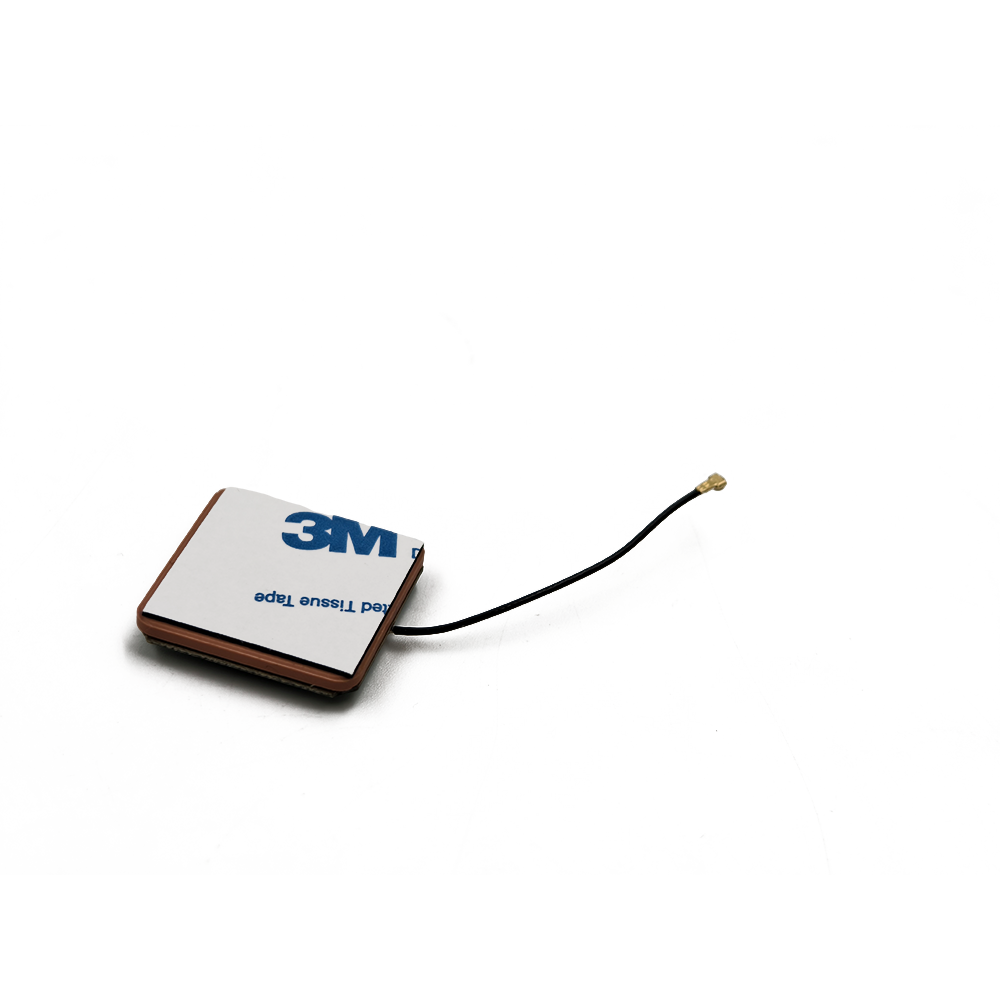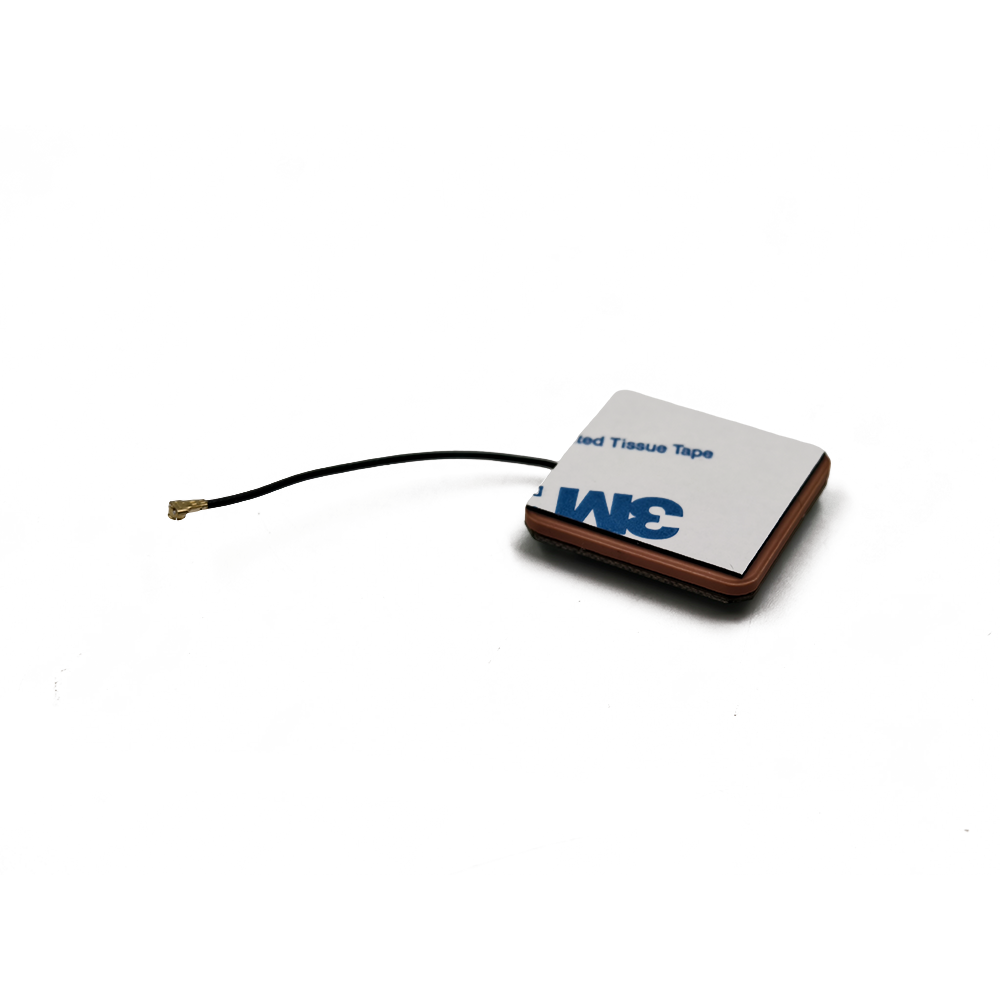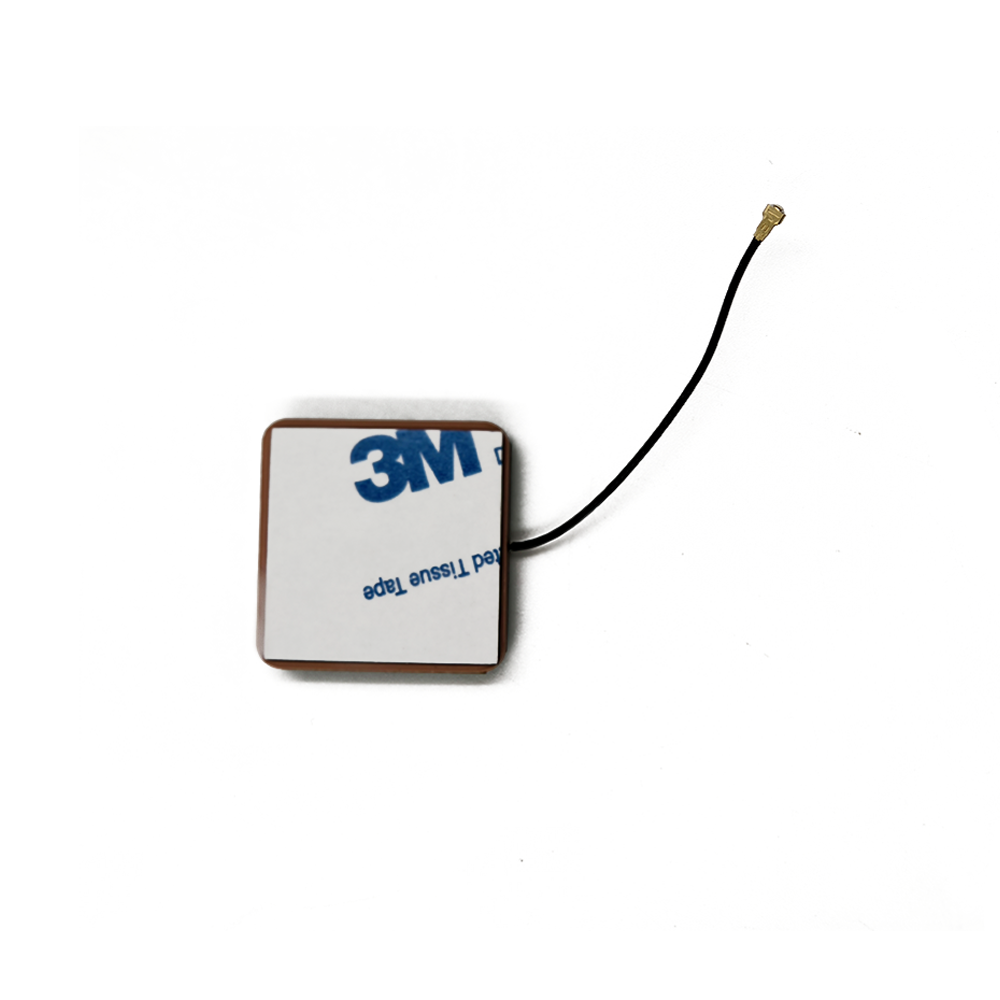Current Applications
Consumer Electronics: Smartphones, smartwatches, and fitness trackers rely on low-power GNSS ceramic patch antennas for accurate positioning and navigation.
Automotive Industry: These antennas are used in vehicle navigation systems, telematics, and advanced driver assistance systems (ADAS) to provide real-time location information.
Asset Tracking: Low-power GNSS antennas enable the tracking of valuable assets such as containers, vehicles, and livestock, ensuring their security and efficient management.
Aerospace and Defense: In military and aerospace applications, these antennas support navigation, surveillance, and communication systems, where reliability and performance are critical.
IoT Devices: The Internet of Things (IoT) relies on low-power GNSS antennas for various applications, including smart city infrastructure, environmental monitoring, and industrial automation.
Future Trends
Miniaturization: As technology advances, there is a continuous drive to make GNSS antennas even smaller, enabling their integration into increasingly compact devices.
Multi-Band Support: Future antennas are expected to support multiple GNSS frequency bands, enhancing global positioning capabilities and improving accuracy in challenging environments.
Integration with Other Sensors: Combining GNSS antennas with other sensors such as accelerometers and gyroscopes can provide more comprehensive positioning solutions, particularly in indoor environments where GNSS signals may be weak or unavailable.
Advanced Materials: The development of new ceramic materials with improved dielectric properties and lower loss can further enhance antenna performance and efficiency.
5G and Beyond: The integration of GNSS technology with 5G and future wireless communication networks can open up new applications and improve the overall performance of positioning systems.
Conclusion
Low-power GNSS ceramic patch antennas have emerged as a critical component in modern navigation and positioning systems, enabling precise location tracking across a wide range of applications. Their compact size, low power consumption, and high performance make them ideal for portable and wearable devices, where space and battery life are at a premium. Despite facing challenges such as material limitations and design complexity, ongoing advancements in materials science and antenna design continue to drive improvements in performance and efficiency.
As the demand for accurate and reliable positioning information grows, the importance of low-power GNSS ceramic patch antennas will only increase. Future trends, including miniaturization, multi-band support, and integration with other sensors, promise to further expand their applications and enhance their capabilities. By staying at the forefront of technological innovation, manufacturers can continue to meet the evolving needs of consumers and industries, ensuring that low-power GNSS ceramic patch antennas remain a cornerstone of modern navigation and positioning systems.




































































 Language
Language
 En
En Cn
Cn Korean
Korean

 Home >
Home > 








 18665803017 (Macro)
18665803017 (Macro)













